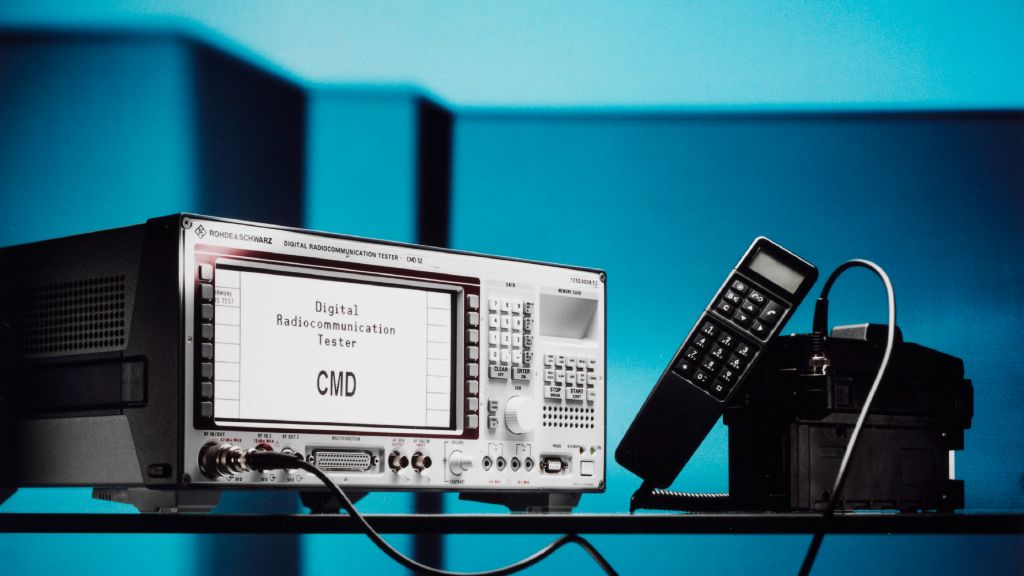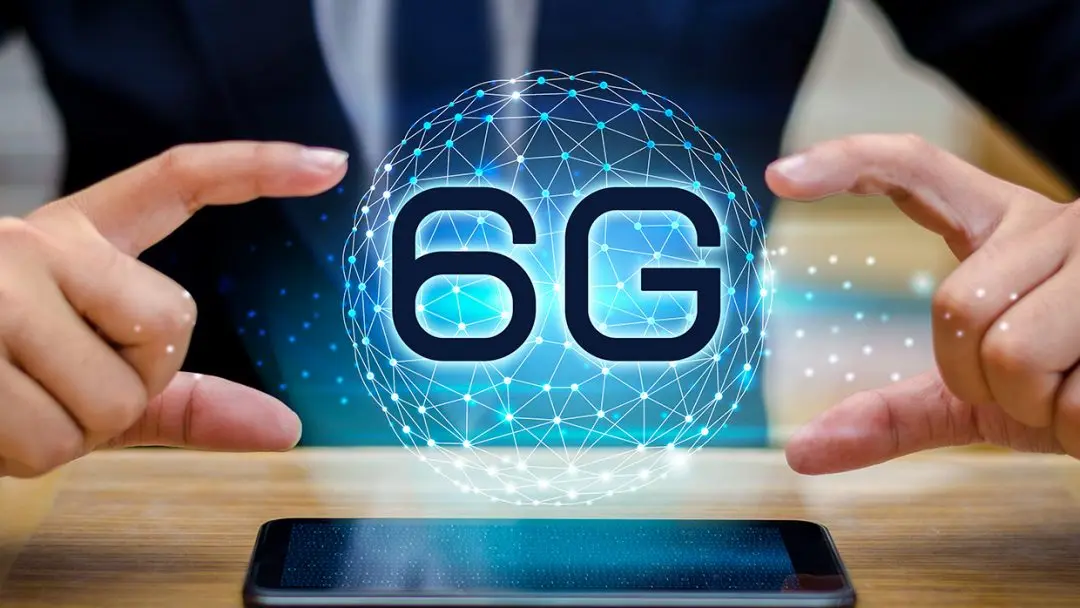The evolution of mobile communications: from 1G to 6G has been briefly discussed
The evolution of mobile communications: from 1G to 6G has been briefly discussed: To be more specific, Heinrich Hertz is the person who started the history of radio. In 1886, he was the first person to make radio waves and prove that they existed.
The evolution of mobile communications: from 1G to 6G has been briefly discussed
Guglielmo Marconi created the first radio telegraph system, which was used to send an SOS from the Titanic as it sank in 1912. Once the physical basics were understood, mobile communications could start to become more uniform.
Beginnings: 1G and 2G
People remember the first version of cell phones (1G) for their analogue voice transmission and big phones that don’t have much in common with modern phones.
Groupe Spécial Mobile (GSM) was created in 1982. It was the first company in Europe to offer cell phone service. The idea was that only companies who agreed to use the GSM standard should be given frequencies for mobile phones. Because of this, proprietary methods are no longer used. No longer did tourists have to buy a different phone for each country in Europe.
The short message service (SMS) and digital speech transmission were added by 2G. A new type of ecosystem also sprung up, made up of network operators, infrastructure providers, gadget makers, and T&M experts.

Entering the age of data
When the UMTS standard came out, it made it possible for 3G to support calling, sending data, and talking between machines. 4G made voice calls better and brought high-quality music and video to smartphones, which made it possible for apps like the ones we use every day.
Now, 5G is all about networking on a big scale. The network is being linked to a wide range of devices, including fitness trackers, freezers, traffic lights, and industrial robots. Last but not least, 6G will help mobile messaging keep getting better by adding technologies like AI.
How is Rohde & Schwarz involved?
It’s very possible that Rohde & Schwarz equipment was used to test your cell phone. A big part of what we do is simulate and analyse signals, test mobile devices and base stations in great detail, and check the level of service in mobile networks. We’ve been doing these things since the start of 2G.
Also See:
This is because a test authority has to check the standards that makers and operators have to follow to make sure that everything works perfectly and can talk to each other.
Our test and measurement tools have all the features that test authorities and makers need to do their jobs as quickly and accurately as possible. In this way, we make a big input to meeting the standards that have been set.

We are committed to making a similar addition to the standards for future mobile communications. Rohde & Schwarz is already working on test and measurement tools for 6G, which is the next generation of cell phone standards but definitely not the last.



I loved as much as youll receive carried out right here The sketch is attractive your authored material stylish nonetheless you command get bought an nervousness over that you wish be delivering the following unwell unquestionably come more formerly again as exactly the same nearly a lot often inside case you shield this hike
Hello.
Good cheer to all on this beautiful day!!!!!
Good luck 🙂
Your blog is a constant source of inspiration for me. Your passion for your subject matter shines through in every post, and it’s clear that you genuinely care about making a positive impact on your readers.
Hello!
Good cheer to all on this beautiful day!!!!!
Good luck 🙂
Thankyou for this motivation